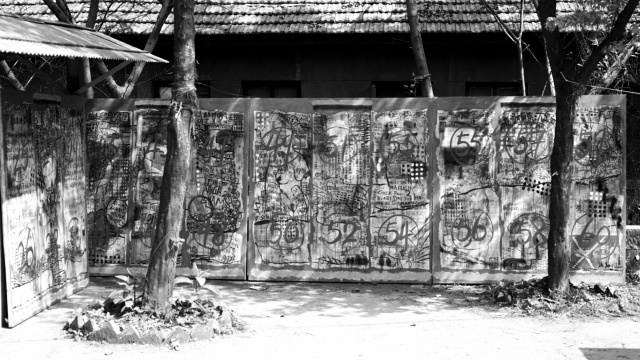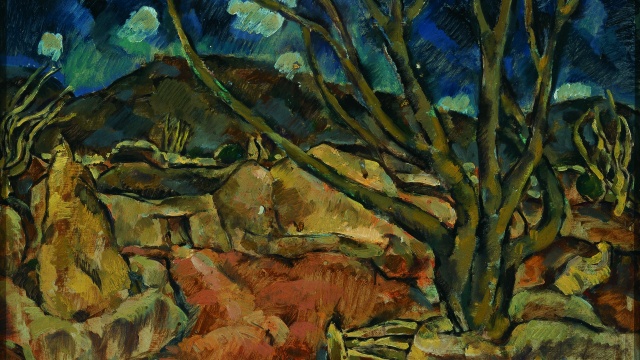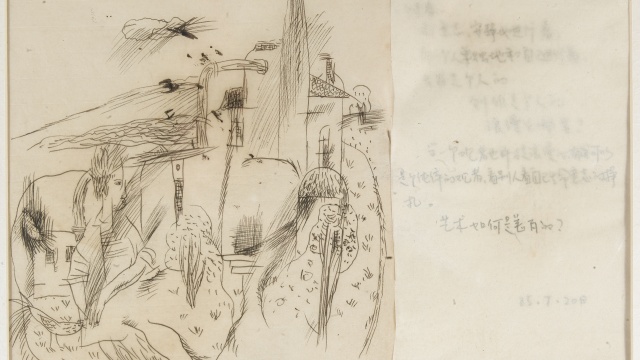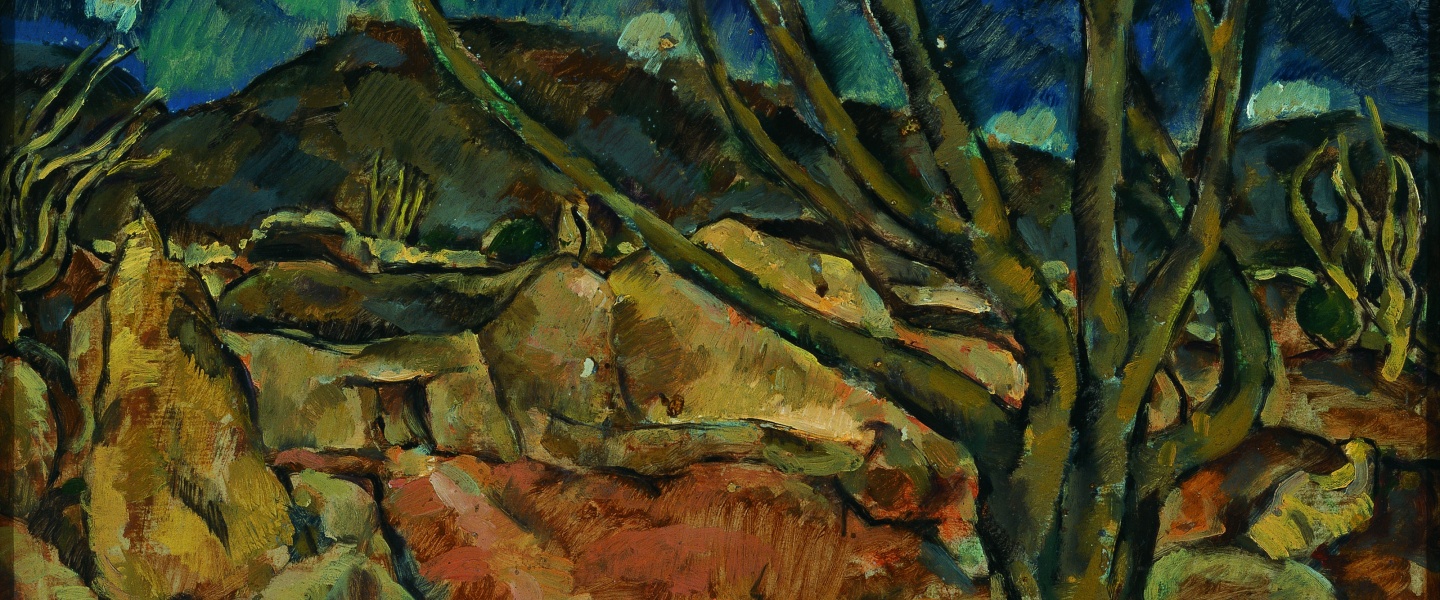
YE YONGQING:1982-1992 OUT OF NOTHING
| 1982-1992 OUT OF NOTHING: |
|
|---|
| Location: |
Yuz Museum Shanghai |
|---|---|
|
Duration: |
April 12th – May 20th, 2018 |
|
Admission: |
40 rmb |
Yuz Museum Shanghai will present “1982-1992 Out of Nothing”, a solo exhibition of Ye Yongqing, from April 12th to May 20th, 2018. The exhibition features a total of eighty-five oil paintings, watercolours, sketches, prints and multimedia works from the collection of Yuz Foundation, as well as documents including poetry manuscripts, letters and periodicals. The chronological exhibition will give a retrospect, with six topics, on the first ten years of Ye Yongqing’s creative career as an artist.
In the year of 1982, Ye Yongqing graduated from the Department of Painting of Sichuan Fine Arts Institute and started to teach there. In the following two years, although he was based in Chongqing, he travelled between Guishan and Xishuangbanna frequently and did a great deal of sketches from nature. On one hand, he who came from an oil painting major practised the method of landscape sketching to review the mastership of Post-Impressionism; on the other hand, his emancipated nature kept him getting away from the main stream of contemporary art, so he expanded his eye to the wilderness and sought for new paths amongst deadwoods and hamlets. The first and the second sections will start from the Gui Shan Landscape series and quantities of sketches created during that period, revealing the artist’s desultory emotions and lonesome confidences inspired by different landscapes, communities and cultures.
Ye Yongqing moved to Beijing in 1985, when he went to Rauschenberg’s exhibition and first felt the power of contemporary art cutting straight into the life surrounding us. Travelling near and far also broadened his horizon. The third section will present the artist’s explorations of various characters and trials for diverse genres: the deconstructive methodology of Cubism, the primitive points and lines, the folk art of Yunnan, the Australian aboriginals, the mural painting of Eastern Orthodox Church, the Persian illustration, and the Ming and Qing picture-stories are all embodied into the artist’s experiment in the hopeless reality and dilemma. With a strong poetic personal style, Y e Y ongqing depicts modern industrial totems such as the Huangjiaoping Power Station as well as mysterious tropical animals and plants, showing his concerns on his own paradoxical life status. As the artist puts it: “that was an aimless time when we should try whatever we grabbed in our hands...” The fourth section will focus on the stage of his creation since 1986 when he gave up oil painting and turned to ink and wash and multimedia. Those experimental works also technically foreshadowed his “integrated” creation in the 1990s.
The fifth section Mountain Village Love was created at the end of the 1980s, including a series of finished and unfinished oil paintings. At that time, Ye Yongqing was preparing for the Big Poster series. Created in the transition period between different phases of the artist’s career, these works not only reflect the artist’s habits and complex for the systematic creation of oil painting, which he majored in, but also witness his continuing pursuits for a way out, and they have furthermore provided important materials for the studies of art history. The last section of the exhibition will display Ye Yongqing’s Big Poster series that commenced in 1990 and completed in 1994. Employing painting, collage and multimedia, this series lie between painting and installation. In the beginning, the artist related art only to himself, and later he started to ponder on the relation between art and culture, the impact force and onsite outcome of works, and the interrelation and interaction between works and the audience. It is “a transition from the natural expression of inner heart to the dawn of conceptual art”. With the Big Poster series, Ye Yongqing started to participate in international exhibitions; he walked out of China and saw a wider world. As a result, Ye Yongqing’s unrestrained nature impelled him to put aside his familiar language; he found a new path and stepped into a long march to create something out of nothing.
This exhibition is re-curated based on “Broken Flow – Ye Yongqing solo exhibition”, which was curated by Wu Hung and staged at Yuz Museum Jakarta in 2011. It is the first exhibition in China that concentrates on Ye Yongqing’s creation between 1982 and 1992, so as to retrospect the age of youth that, to the artist, has elapsed but “are still influential and functional by all means.” Through the studies and exhibition of the artist, Yuz Museum hopes to represent the struggles that the artist undertook when faced with the chaos and blankness in the 1980s and 1990s, the introspection and self-analysis between the ideality and the reality, and how he innovated through practice. It traces to the source and marches on.
About the Artist:
Ye Yongqing, Professor of Sichuan Fine Arts Institute, and Art Director of China Contemporary Art Institute. He is currently based in Beijing, Chongqing, Kunming, Dali, and has established his studios in London and Chiang Mai. Over the years, Ye Yongqing works as a creator, curator, art organizer and critic for the activities in the art world. He has had a number of solo and group exhibitions throughout the world, and has won several international and national academic awards. He founded and launched the “SHANGHE HUIGUAN” and “CHUANGKU” art theme community in Kunming, Yunnan.
Since mid-1980s, Ye Yongqing has continued with his unique romantic temperament in the works. Calm and quiet acceptance of life and art soaks the artist’s lyrical works. Even unruly works reveal the artist’s deep and heritage conservation. Moderate text, along with the unique graffiti, singing and pet-oriented image has fantastic internal relations; romantic and absurd humor, more oriental warmth, and unified view of these changes are created by Ye Yongqing with his characteristic transcendence and tranquil state of mind.
The public collection of Ye Yongqing’s works includes: National Art Museum of China, Shanghai Art Museum, Guangdong Museum of Art, Shenzhen Art Museum, Singapore Art Museum, Guggenheim Museum, New Orleans Museum of Art, Pacific Asia Museum, Stiftung für Kunst und Kultur e.V. Bonn (Foundation for Art and Culture, Bonn), Soobin Art Int'l Gallery Singapore, Siemens, Novo Nordisk, HSBC, Bill Gates Microsoft Company, England Triangle Arts Foundation, Murdock News Corporation, Shanghai Pudong Development Bank, Hubei Fine Arts Literature Centre, Taiwan Chinese Culture Promotion Council, Sui Yuan Arts Foundation, Dimension Endowment of Art, Minsheng Art Museum, Taikang Space, Long Museum, and Yuz Foundation.
Recommended activities
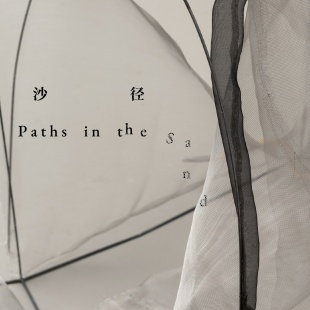
Hu Xiaoyuan: Paths in the Sand
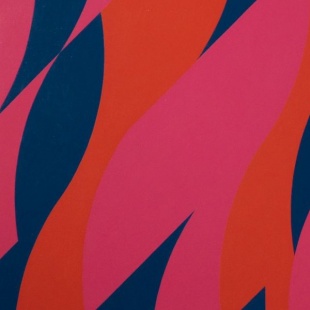
Women in Abstraction
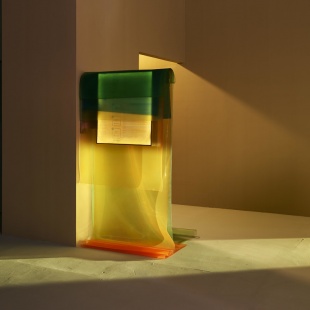
Chen We: Make me illusory
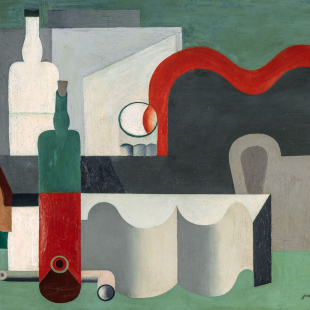
The Voice of Things-Highlights of the Centre Pompidou Collection vol.II
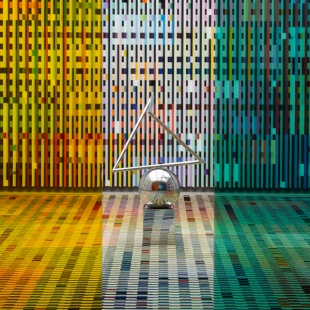
Living Images
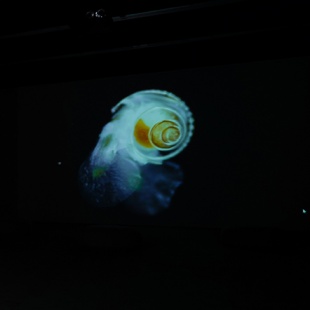
Laurent Grasso
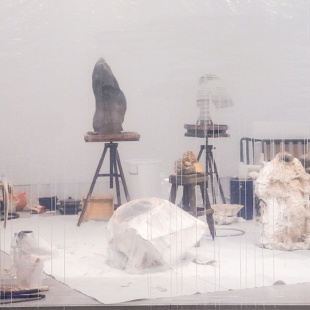
Yu Ji Spontaneous Decisions II
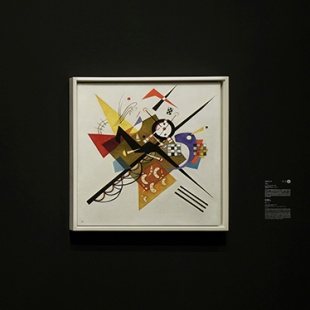
Kandinsky The Pioneer of Abstract Art
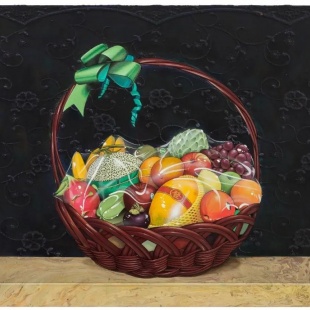
Chen Fei: Morning Market
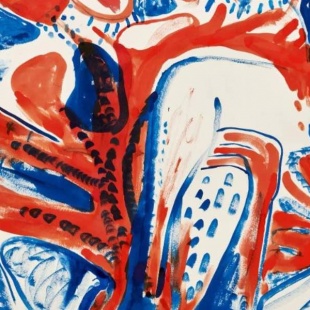
Works on Paper
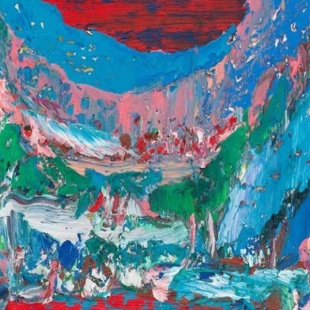
Yin Zhaoyang: A Vast History
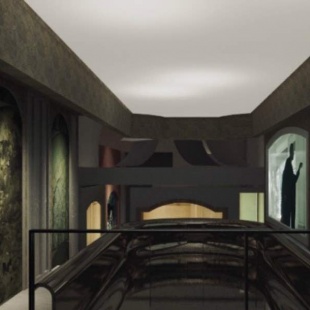
Sheng Zhang-Solo Exhibition of Chen Yujun
